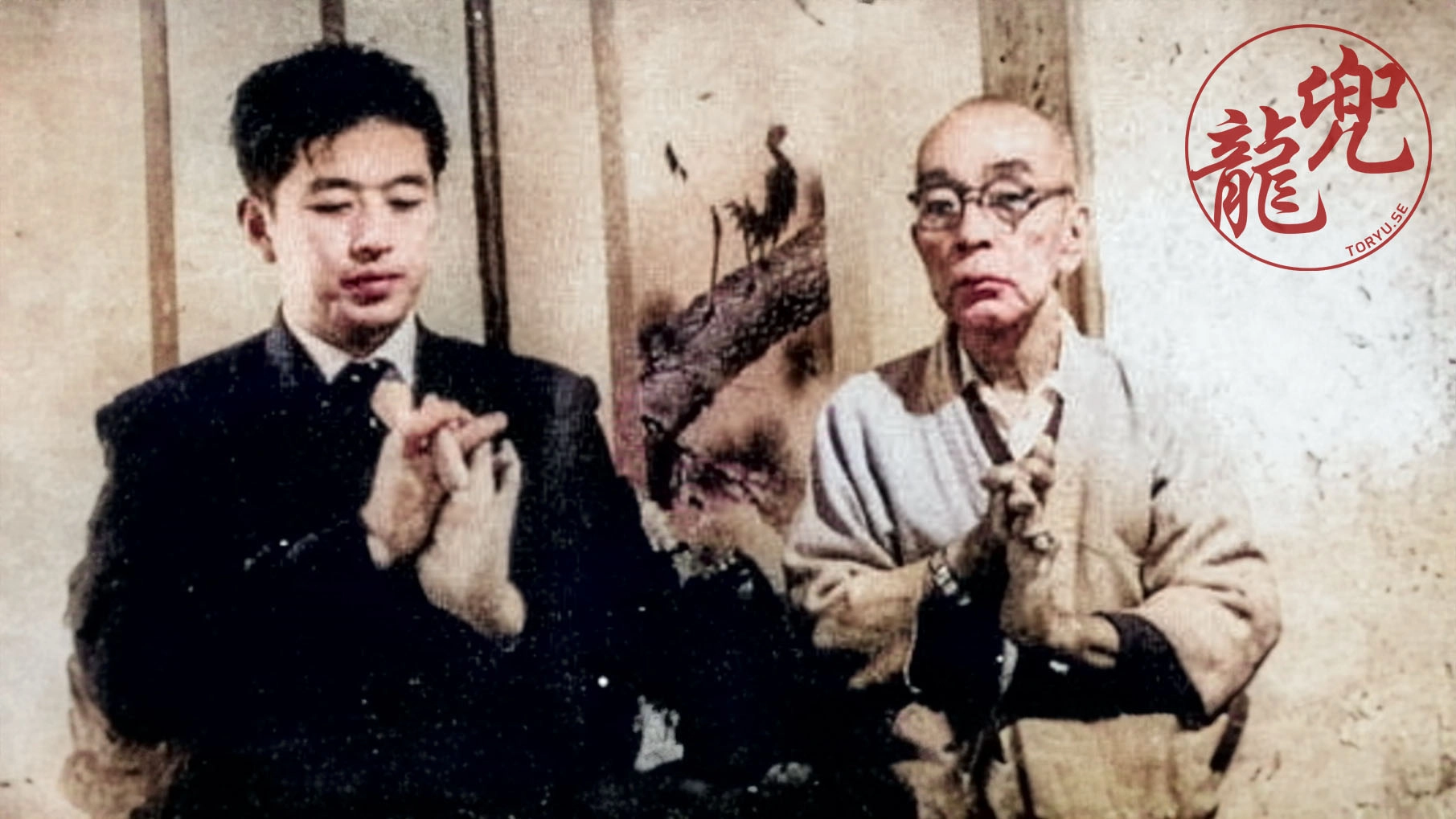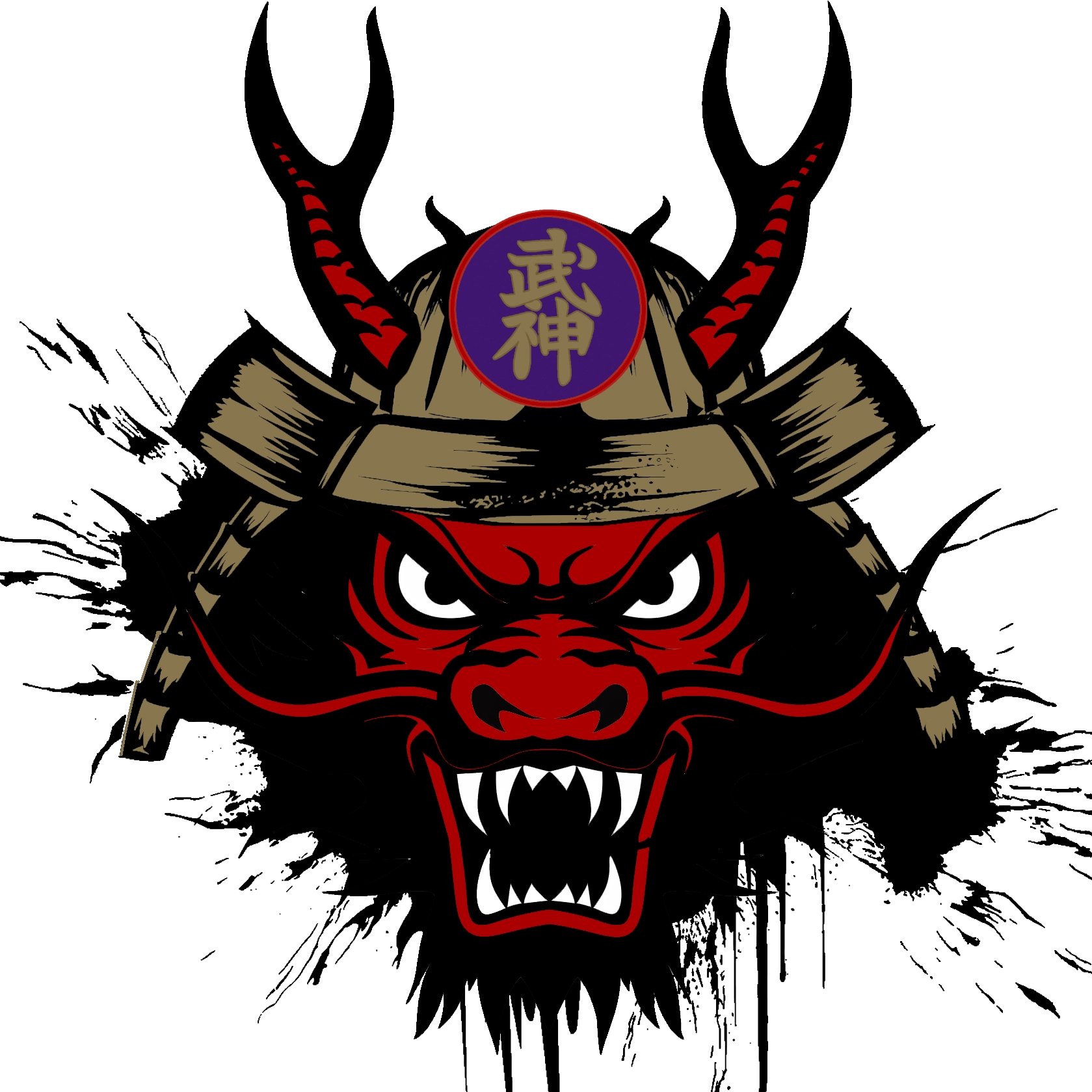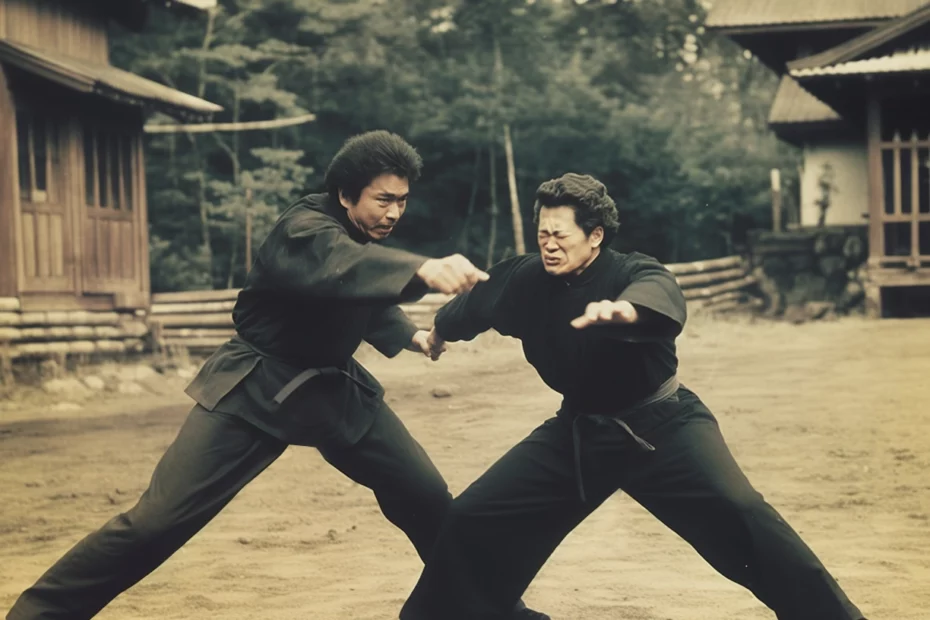Kūkan: Mastering Distance and Timing in Bujinkan Dōjō Budō-taijutsu. 空間 (Kūkan), meaning “space” or “dimension” in Japanese. Holds profound significance in the realm of Japanese martial arts.
Understanding the correct distance and timing within combat is essential for martial artists to attain mastery in their craft. This essay explores the vital role of Kūkan and its implications for martial artists, emphasizing the importance of learning and applying the principles of distance and timing.
“If one’s heart is attached to anything, one will surely fall. On the battlefield, even if one’s head is cut off, he should be able to do battle for one more day. Such is the spirit of the samurai.” -Hagakure
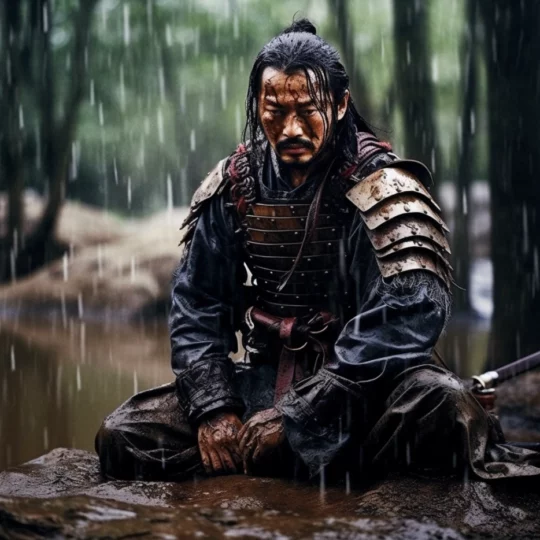
The Essence of Kūkan in Martial Arts
Within the realm of martial arts, Kūkan encompasses the spatial relationship between opponents, emphasizing the significance of distance, timing, and spatial awareness.
- Martial artists must develop a deep understanding of the dynamic Kūkan between themselves and their opponents.
- Mastering Kūkan involves perceiving and controlling the available space to gain an advantageous position.
The Sanshin of Kūkan
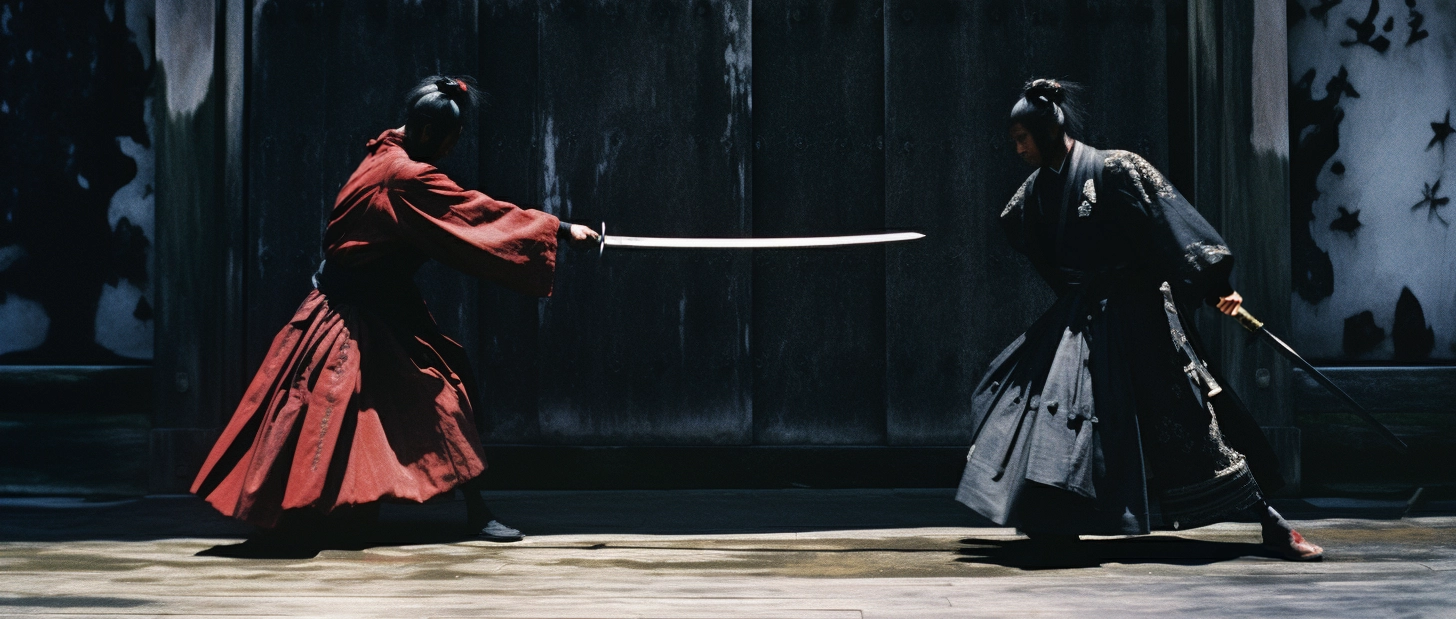
Maai (間合い): The Art of Distance
- Maai refers to the specific distance between opponents, considering both physical and psychological factors.
- By grasping the optimal maai, martial artists can exploit vulnerabilities and create opportunities for attack or defense.
- The mastery of maai enhances the martial artist’s ability to read their opponent’s movements and intentions.
Sensen no Sen (先鋒の先): Seizing the Initiative
- Sensen no Sen emphasizes proactive action by taking the initiative in combat.
- Through an acute understanding of Kūkan, martial artists can capitalize on timing and distance to launch preemptive strikes.
- Seizing the initiative disrupts the opponent’s rhythm, enabling control over the flow of the battle.
Zanshin (残心): Unwavering Awareness
- Zanshin denotes maintaining heightened awareness and presence throughout a martial encounter.
- It involves being fully attuned to Kūkan during and after executing techniques.
- Zanshin enables martial artists to anticipate and respond effectively to counterattacks or unexpected developments.

Integrating Kūkan into Martial Training
- Martial artists must train diligently to develop a deep understanding of Kūkan.
- Footwork, body positioning, and spatial awareness exercises are essential for honing the ability to control and utilize Kūkan.
- Practicing kata (prearranged forms) helps internalize the principles of distance and timing in various combat scenarios.
“The Way of the warrior does not include other ways, such as Confucianism or Buddhism. The Way lays down strategy as it guides you. This is the true meaning of martial arts. The Way of the warrior embraces a kūkan where you must control the enemy’s strategy and create your own.” -Musashi
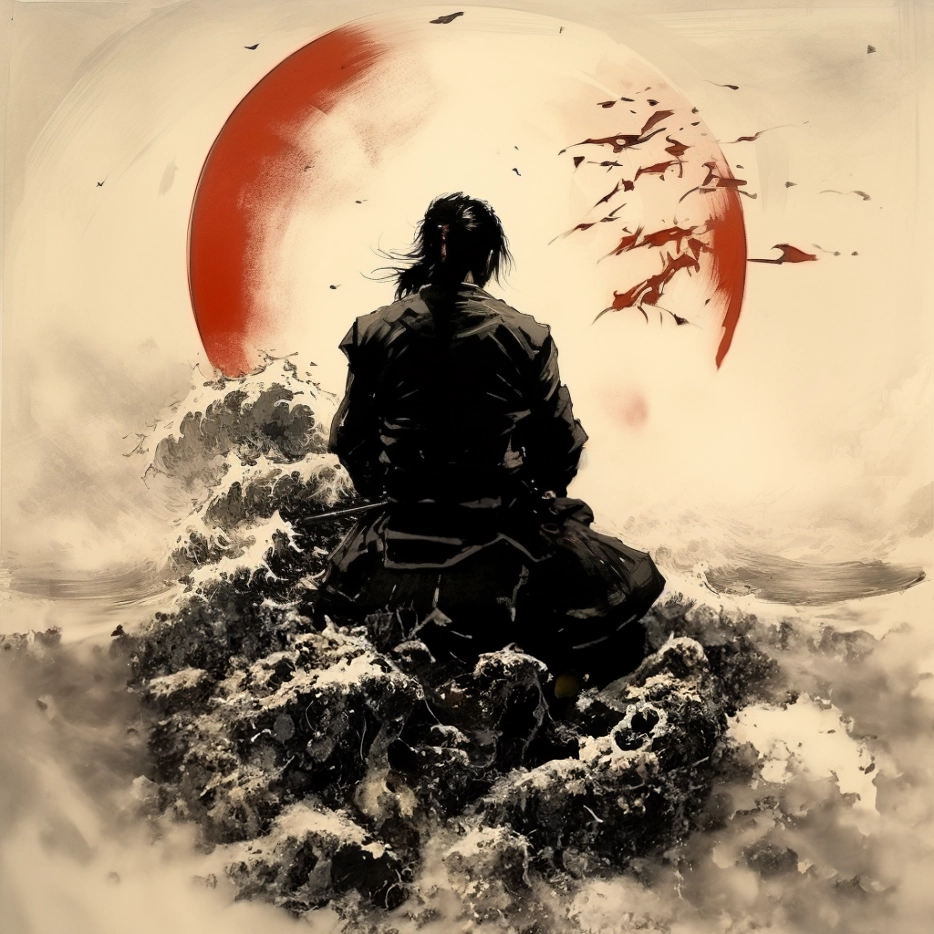
Conclusion:
Mastering the correct distance and timing within combat is indispensable for martial artists, and the concept of Kūkan lies at the core of this pursuit.
By understanding and applying the principles of Kūkan, martial artists gain a strategic advantage over their opponents, ensuring precise and effective execution of techniques.
Embracing the essence of Kūkan empowers martial artists to navigate the intricacies of combat with grace, control, and unwavering awareness.
Miyamoto Musashi emphasized the significance of perceiving and controlling the spatial relationship between oneself and the opponent. He emphasized the importance of maintaining awareness of the opponent’s position, movements, and timing. And using that knowledge to exploit openings and gain a strategic advantage.
Musashi’s teachings highlight the crucial role of Kūkan in martial arts and the importance of utilizing spatial awareness to achieve success in combat.
“The opportunity to secure ourselves against defeat lies in our own hands, but the opportunity of defeating the enemy is provided by the enemy himself.” -Sun Tzu
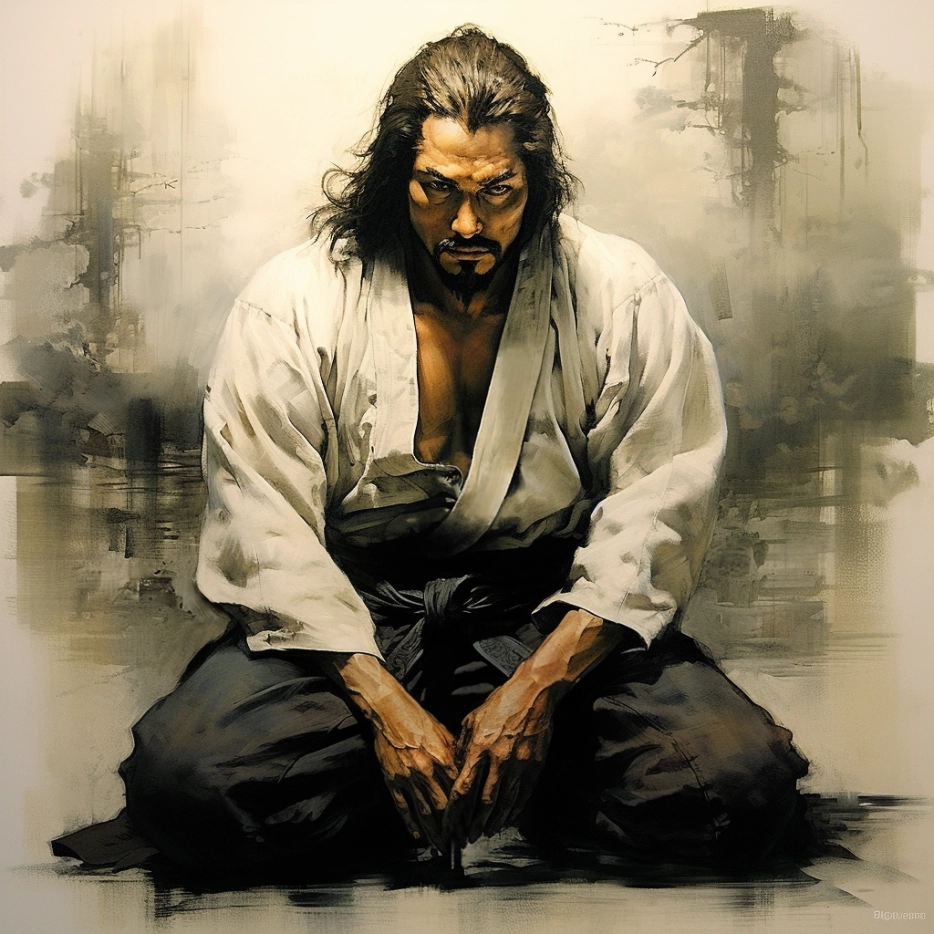
Footnotes:
- Kūkan (空間): The term Kūkan represents the concept of “space” or “dimension.” It encompasses the spatial relationship between objects or individuals.
- Maai (間合い): Maai refers to the optimal distance between opponents in combat. It considers physical and psychological factors to gain an advantageous position.
- Sensen no Sen (先鋒の先): Sensen no Sen emphasizes preemptive action in combat, seizing control of timing and distance to gain the initiative.
- Zanshin (残心): Zanshin signifies maintaining heightened awareness and presence before, during, and after executing techniques, ensuring readiness for any potential
